The influence of Nintendo on indie games
We ask developers about the impact Nintendo has had on their games and the similarities they share.
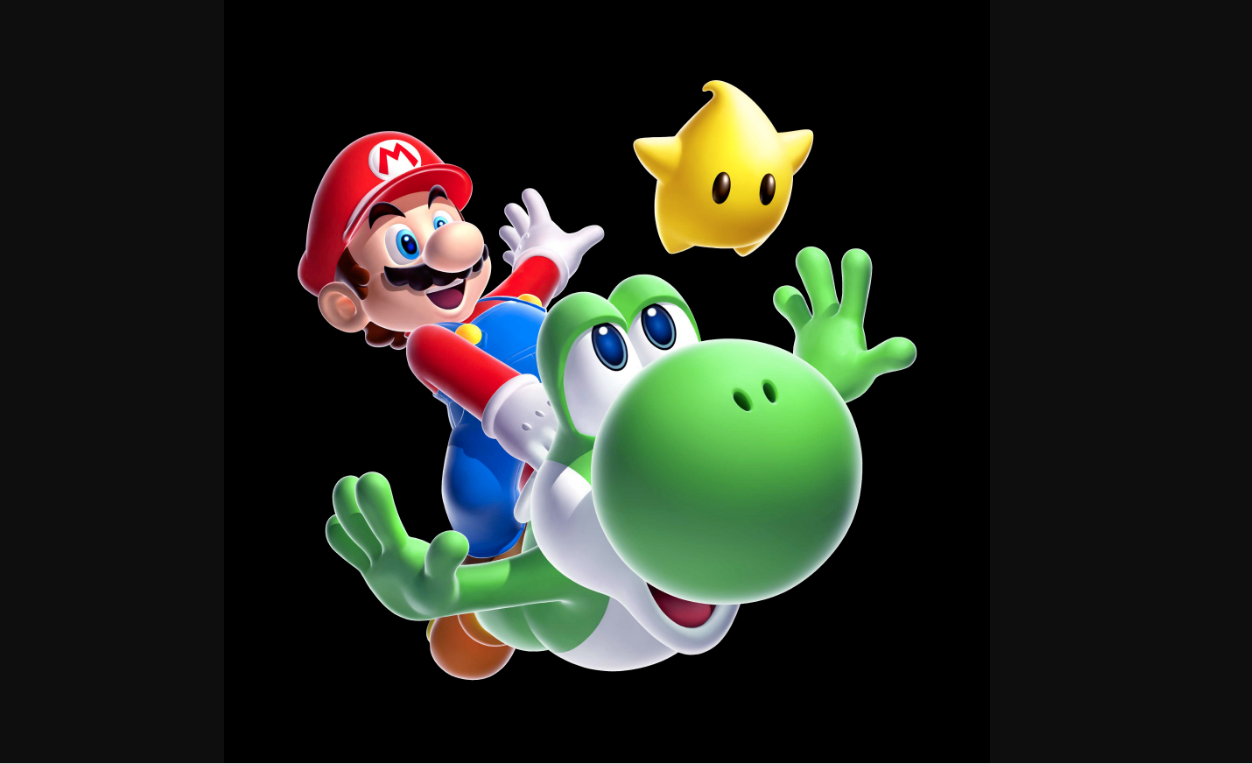
There's a fairly famous story about the creation of Mario 64 that explains how the team at Nintendo figured out 3D movement for its revolutionary platformer. "We were working on something really simple—deceptively simple, even, from the perspective of the team that would go on to finish the huge, final game," said director Shigeru Miyamoto in a roundtable for the game's strategy guide. "There was a room made of simple Lego-like blocks, and Mario and Luigi could run around in there, climb slopes, jump around, etc. We were trying to get the controls right with an analogue 3D stick, and once that felt smooth, we knew we were halfway there."
That makes me think about the one unifying element of all great Nintendo games—basic actions always feel good. It might be the way throwing a boomerang feels in a 2D Zelda game, or running up a wall while transformed into a cat in the Wii U's Super Mario 3D World, or moving in morph ball mode in any Metroid Prime. Great Nintendo games start with that, for me, then the rest of the magic comes from art, sound and level design. Its games come from a wide range of studios, and yet it's something I notice about them time and time again.
"For me personally I think Nintendo are just the masters of putting a smile on your face," says Finn Brice, CEO of Starbound developer Chucklefish, responsible for the Advance Wars-like Wargroove. "And I think that’s what we try to bring to our games, it’s what we’ve learned from Nintendo. We want people to buy our games and not just appreciate the mechanics and not just tell a good story, but we want the moment-to-moment experience to make them feel good."
Nintendo-style games felt like they lived outside of the PC's sphere when I was a kid in the '90s—a few platformers like Jazz Jackrabbit and Earthworm Jim aside, it just wasn't where you found the types of games that you'd see on the SNES or N64. We now live in a very different time. Indie games and the digital marketplace mean we've seen a ton of games with Nintendo DNA, made by creators who grew up with those old consoles. From Metroidvanias to 2D platformers to Zelda-likes, there's a variant of pretty much every old Nintendo game type. Hell, there's even a pornographic WarioWare-like.
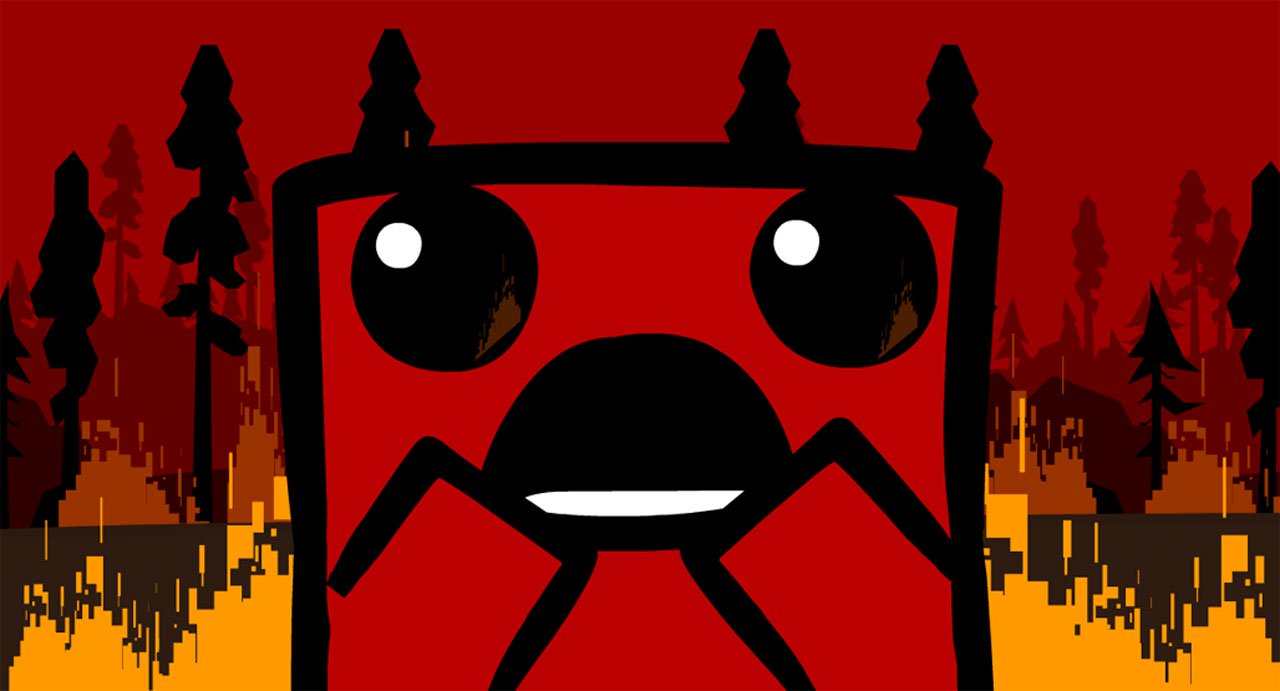
"Before there are any levels made or anything concrete is created for a game I'm working on I always make the movement feel right and I finalise it before I do anything else," says Tommy Refenes, co-creator of Super Meat Boy, when I relay Nintendo's process of figuring out Mario's movement in three dimensions. "For Super Meat Boy it took three months of figuring out how I wanted Meat Boy to move and what I wanted him to be able to do and how I wanted the player to be able to accomplish those things. Super Meat Boy Forever was exactly the same. I believe it's crucial that level design and controls fit together perfectly and I'm hard pressed to find a Nintendo game where it appears they don't share the same belief."
"Something that marks Nintendo’s games out for me is their commitment to fun," says Jonathan Biddle, director/coder/designer of the lovely-looking co-op game The Swords of Ditto. Biddle previously worked on Stealth Bastard. "They treat the pursuit of fun as being a worthwhile endeavour in and of itself. In fact, they take it very seriously! While other developers might focus on storyline, or impressive cutting-edge technology, Nintendo instead double down on squeezing as much enjoyment out of their gameplay as is possible. Because their teams are smaller than their competitors, if they focus on this type of quality game design, they can punch above their weight—something they have been doing consistently well at for decades."
"My work has typically been structured in the same way," Biddle continues. "I've always worked from the small details outwards, trying to make something that is enjoyable on the lowest level, and built the larger systems in support of that, rather than, for example, creating a world and setting a game within it. Also, as much as I enjoy it in other games, I'm not one for putting complex meanings in my games. I generally like to make something fun; a toy, something to be played with, something that hopefully makes people smile."
The biggest gaming news, reviews and hardware deals
Keep up to date with the most important stories and the best deals, as picked by the PC Gamer team.
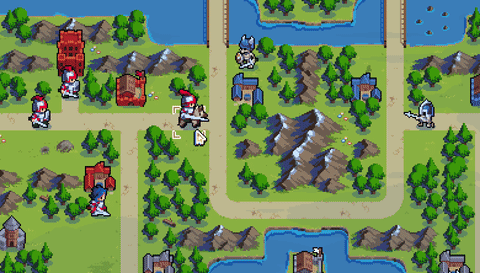
'Small details' is something that Chucklefish picks up on as a Nintendo trademark, too, citing how Luigi would whistle the Luigi's Mansion theme tune in both of those games as you played. "The tiny attention to making you entertained in every aspect of the game, I think it’s what really defines [a Nintendo game]," says Rodrigo Monteiro, lead programmer and producer on Wargroove.
For Chucklefish, too, the team finds players gravitating towards smaller details in Starbound. "The things people discuss when we see them discussing areas of the game, are weird tiny interactions or quotes in the game rather than grand experiences," says artist and designer Jay Baylis. "It's like, 'I stumbled across a graveyard and someone happened to be crying near it, and I thought that was a relative and I thought they were really sad about their relative dying', and that’s a random interaction in the game. But that's a small thing they remembered the most."
"The main quality I think Nintendo brought to game design, if not innovating it than at least doing it the best early on, is having games teach players how to play games while playing," says Thomas Happ, creator of Metroidvania game Axiom Verge. "The important thing to remember is that games are a learning experience from beginning to end. I always try to keep the player learning new things and applying what they learned. You never want to bring in some difficult element before you have trained them to surmount it because that leads to frustration. And before the player achieves mastery of something you need to have something new come up or there will be a period of boredom, which is what kills games."
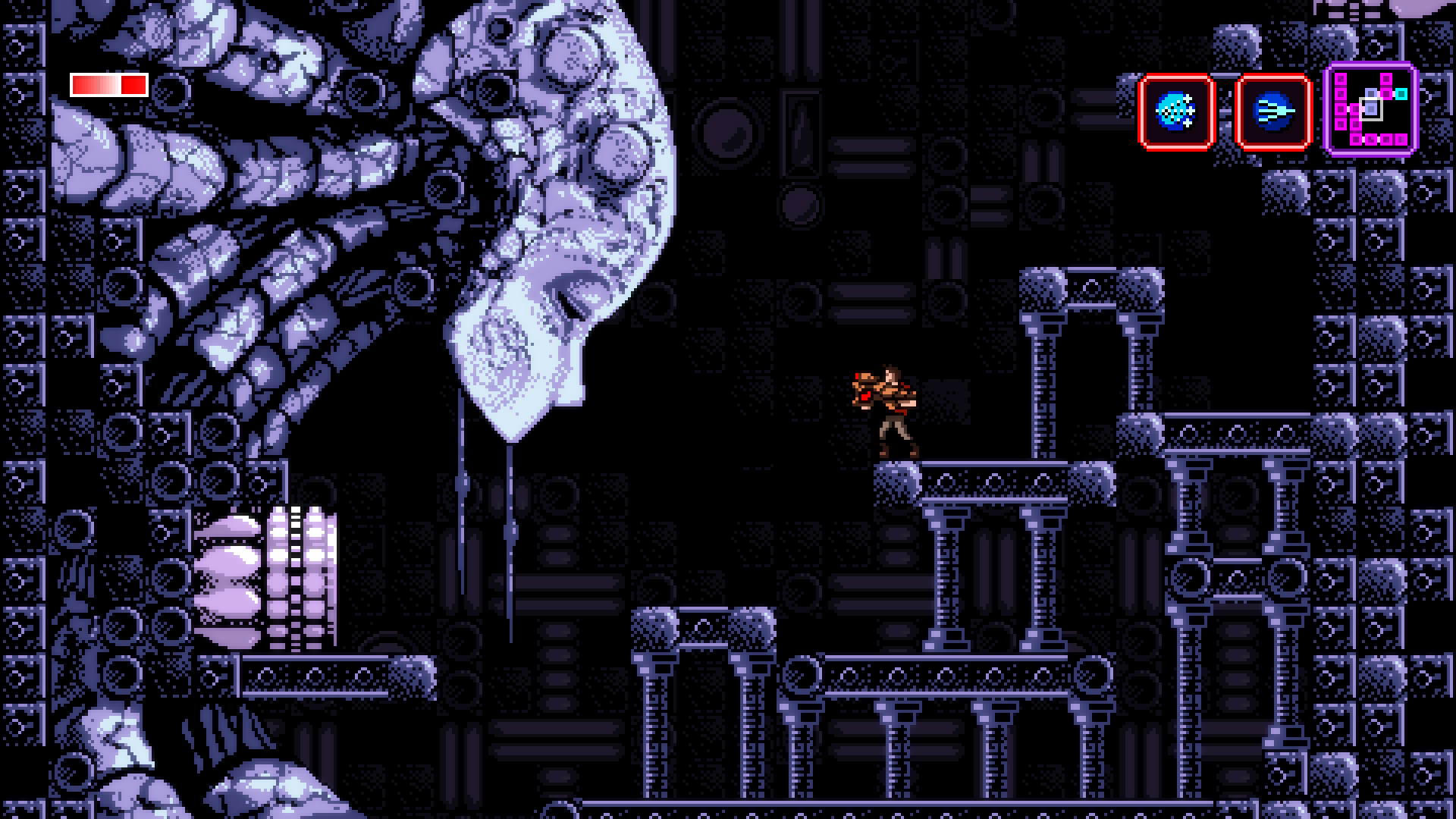
How it was, or how you remember it?
You can see the look of series like Metroid, Zelda and Mario filtering down to other indie games—and not just from the SNES era. Rime reminded me of Wind Waker before anything else, and Owlboy developer Simon Stafsnes Andersen cites the cel-shaded GameCube game as an influence in giving his game's characters a recognisable shape, as well as ensuring that each environment feels interactive.
If you're going to make a SNES-looking game for the modern age, though, it's never as simple as borrowing a style. "I think when people try to make games look like old games, it’s often to their detriment," says Chucklefish's Baylis. "I see a lot of 16-bit RPG-looking games, and they’re objectively nice, but they don't look inspired because they look like a SNES game, rather than looking how you would remember a SNES game. I think that’s key. You've got to find people’s rose-tinted memories."
"For example, Stardew [Valley] to Harvest Moon," says Monteiro. "I can’t speak for how Eric [Barone] was thinking when he developed it, but I think that Stardew captures the experience you remember having in Harvest Moon but not necessarily the experience you actually had in Harvest Moon."
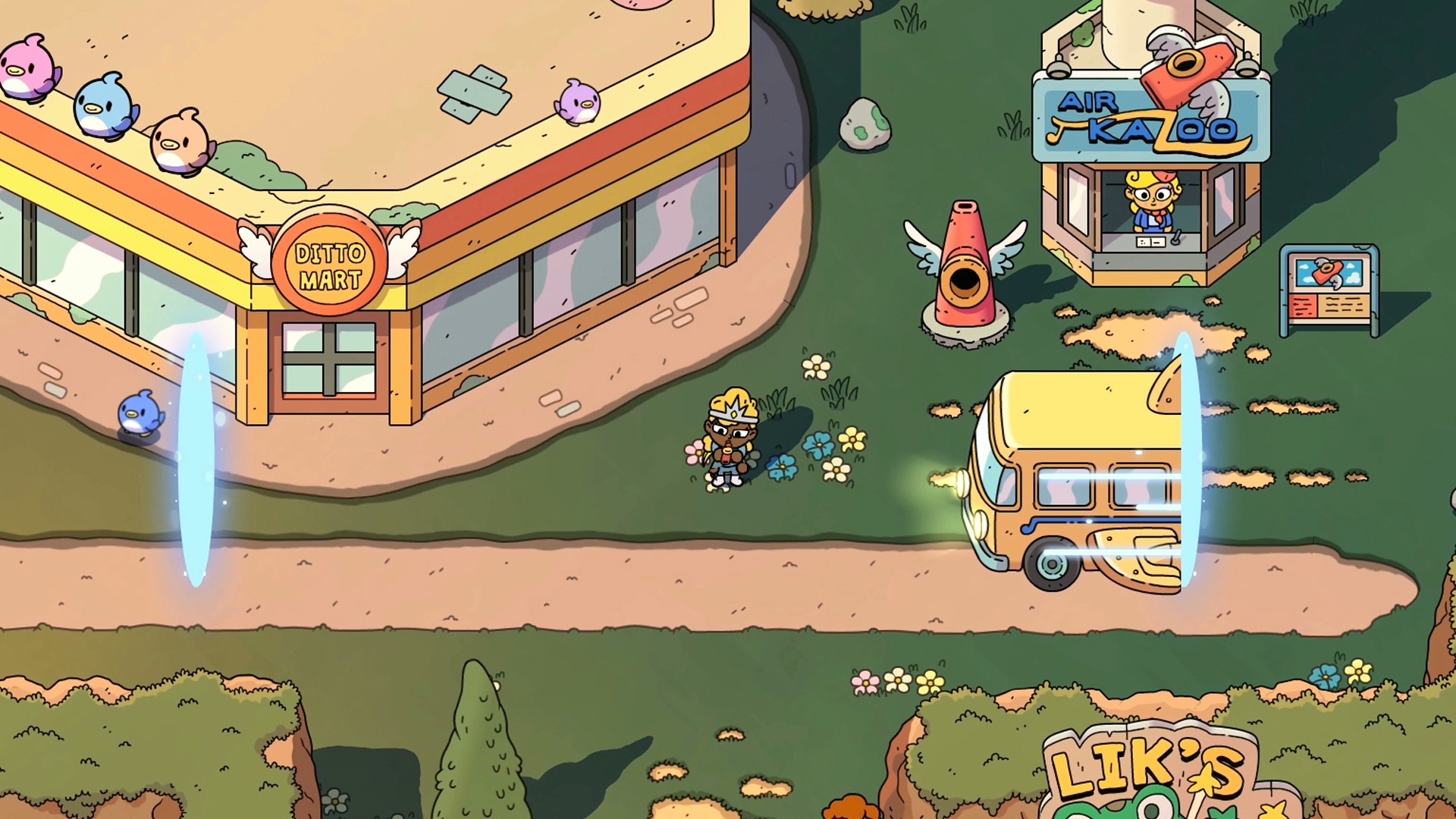
Wargroove, which riffs heavily on Nintendo and Intelligent Systems' long-dormant Advance Wars series, offered a similar challenge to the team at Chucklefish. "People have said with Wargroove, the graphics are basically the same as Advance Wars," Baylis says. "When it's not actually the same as Advance Wars—they remember Advance Wars being that good, and then you look back and it just doesn’t look anything like the same—it looks very different to it." While the colour palette and style immediately puts you in the mindset of Advance Wars, the detail on the map is a world apart. Nostalgia only gets you so far.
It's interesting to see the ways this has looped back around for Nintendo. Indies are now swarming to the Switch, and there can be real benefits to developers getting their games on that platform. It means those console owners are getting the types of games that Nintendo isn't releasing at this point in time—games that made the PC their home years ago.


